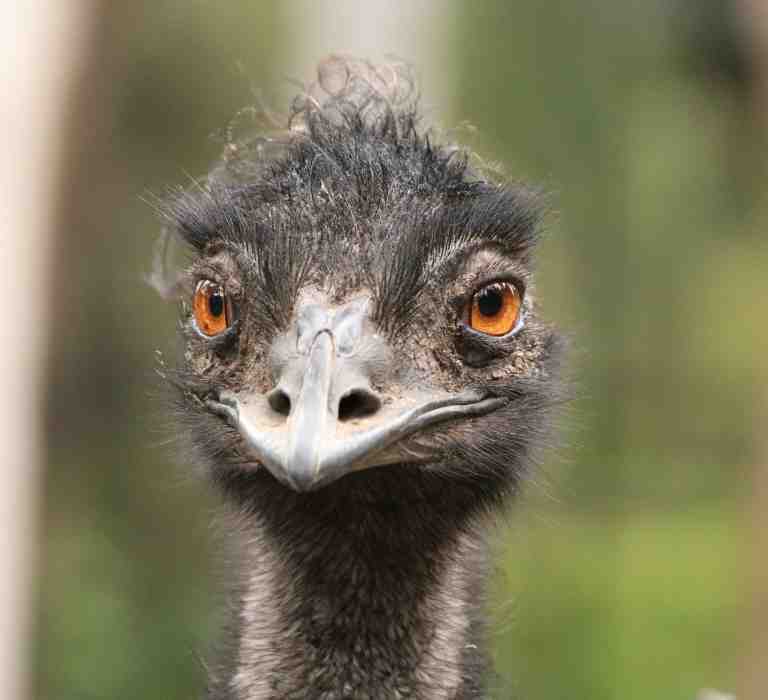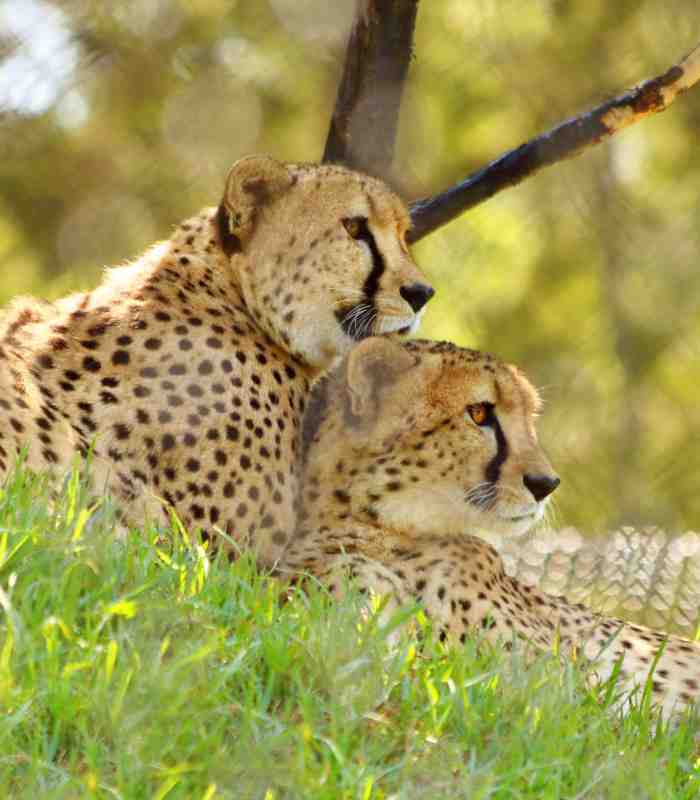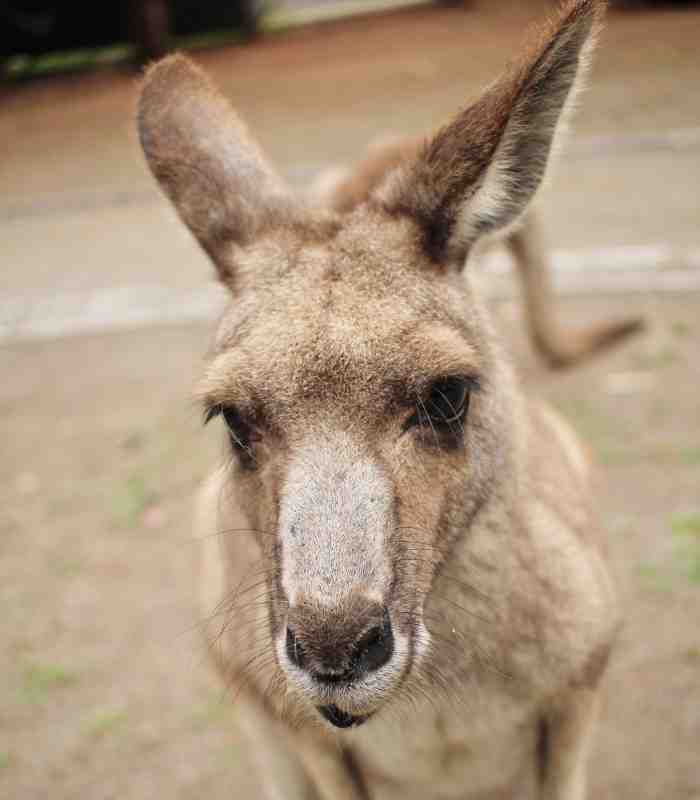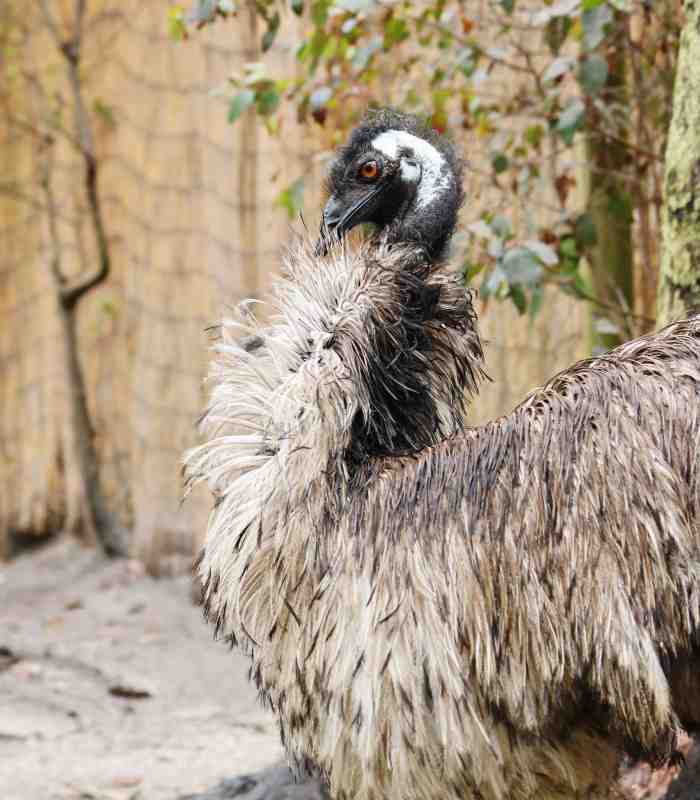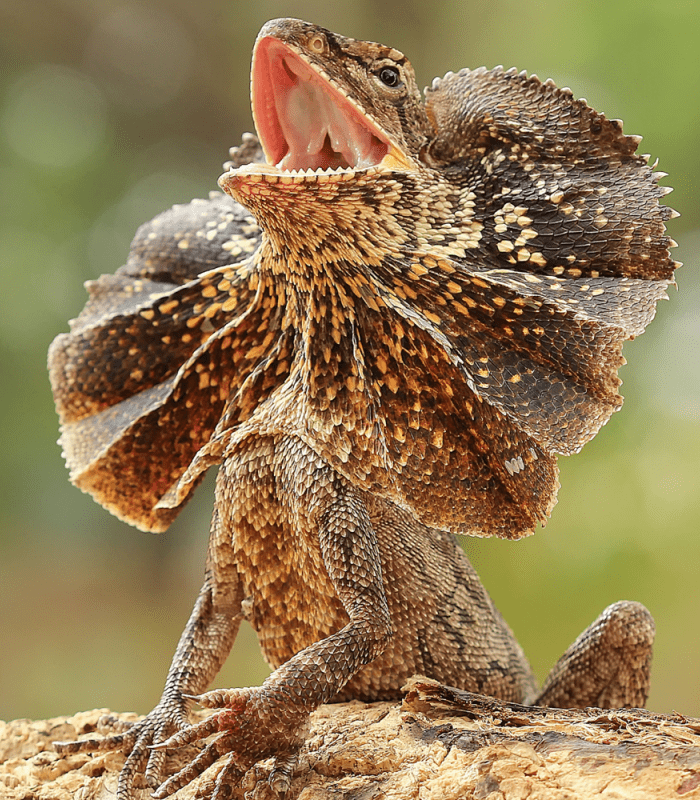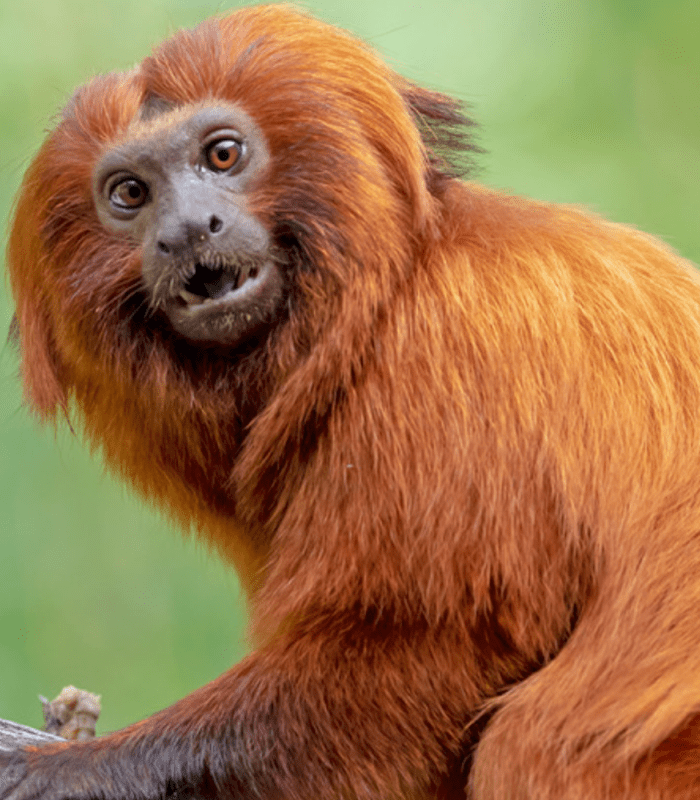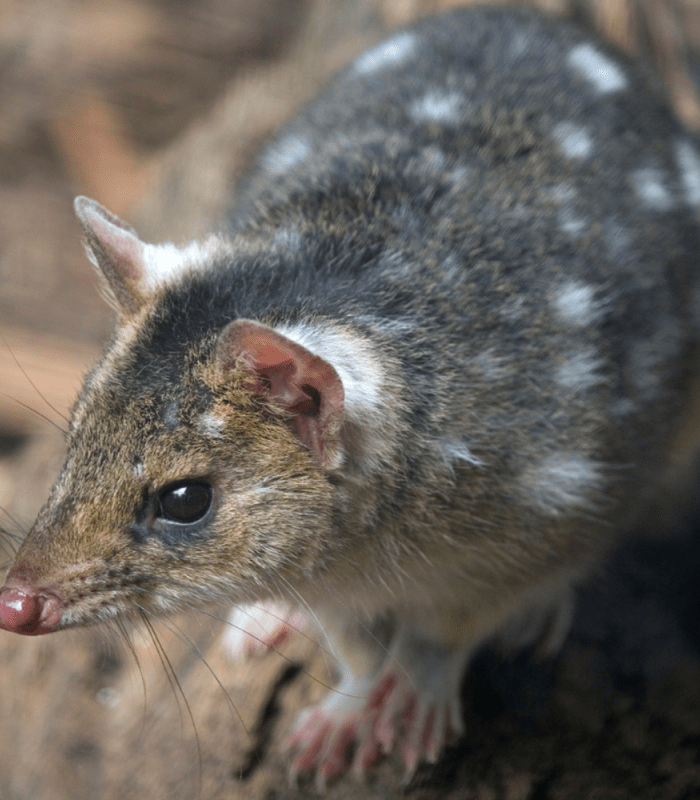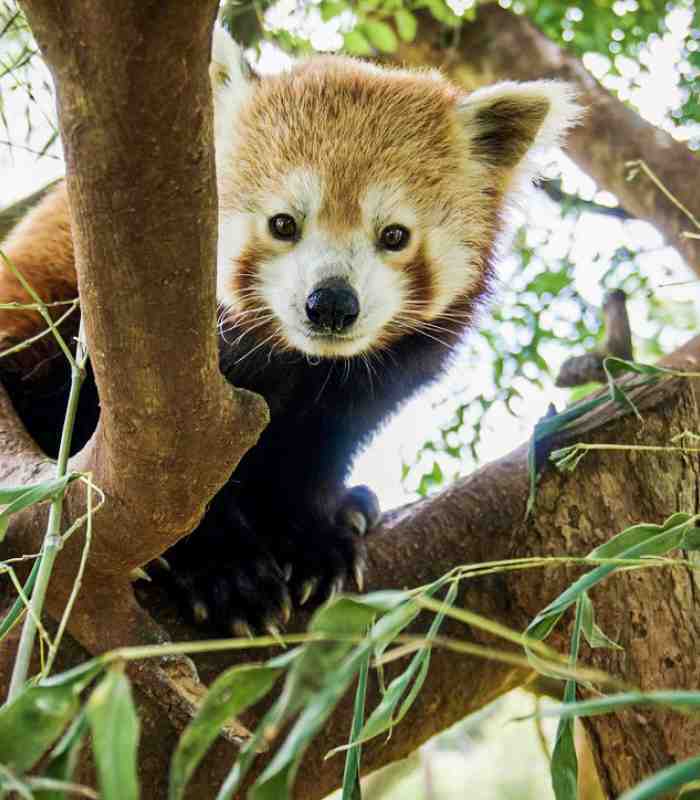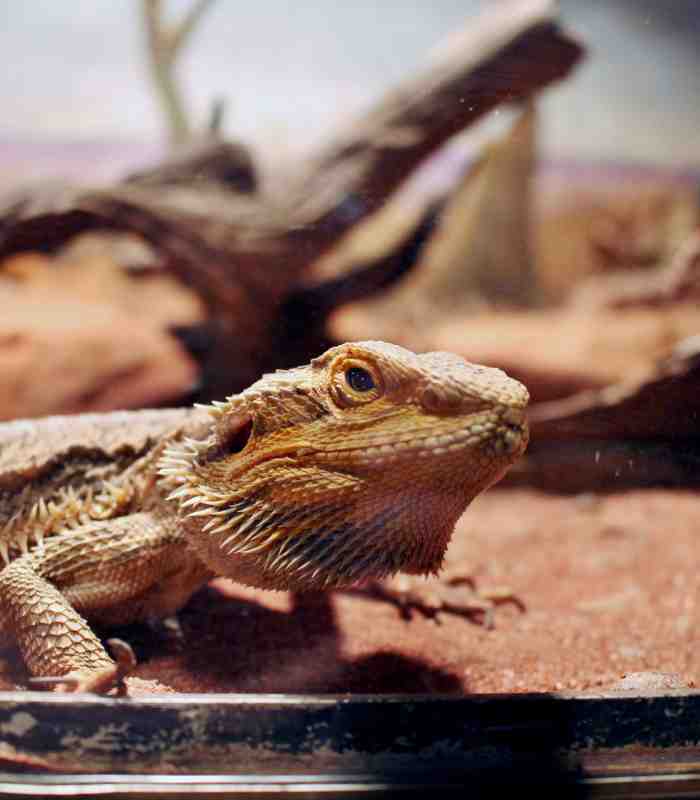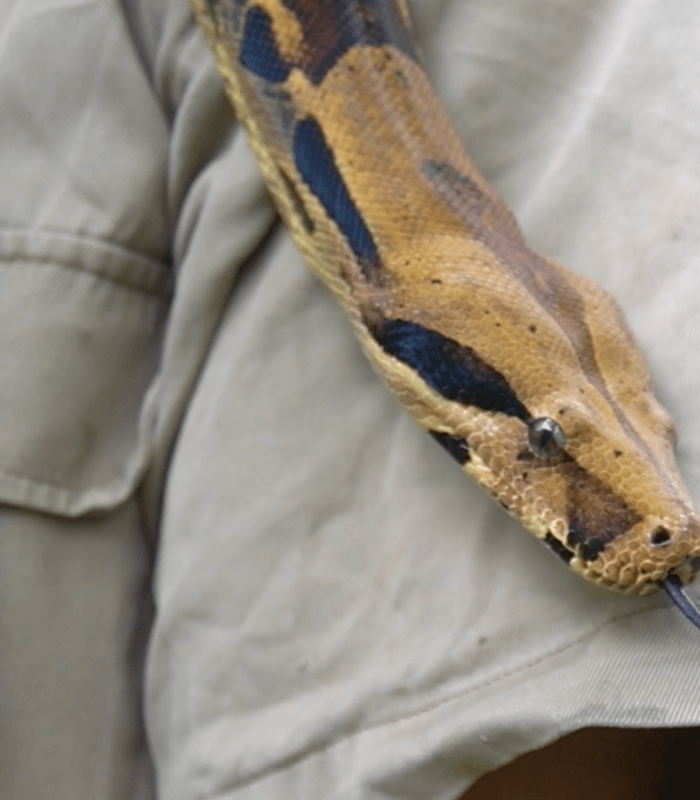Dromaius novaehollandia
The Emu is Australia’s tallest native bird, reaching between 1.6 m and 1.9 m and can weigh up to 45kg. Adult Emus are covered with shaggy grey-brown feathers except for the neck and head, which are largely naked and bluish-black. Although they have feathers, they cannot fly because their wings are too small and the sole purpose of the double-shafted feathers is to insulate against the elements. Their legs are long and powerful; each foot has three forward-facing toes and no hind toe. Emus can sprint up to 50kph.
Distribution and habitat
The Emu is found only in Australia and lives throughout most of the continent. They were once found in Tasmania. They prefer dry, open forests, semi-arid grasslands and desert woodlands.
Diet
Emus feed mainly on grass, flowers, seeds, fruits and insects. Because Emus don’t have teeth they sometimes consume stones which aid in the digestion process
Life expectancy and breeding
Breeding season will usually occur between April and November. Emus will lay a clutch of 5 – 15 eggs which are dark grey-green in colour and are about 13.5cm in length and 9cm wide.
It is up to the male to take care of the eggs during the 60 day incubation period and he is the sole parent until they leave, up to two years after birth. After laying her eggs the female will find another mate with which she lay another clutch of eggs. Emus are nearly fully grown at 1 year and may breed at 20 months. They can live up to 20 years in the wild, longer in captivity.

